A photograph of the city through Carolina’s eyes
![]()
![]()
![]()
![]()
![]()
![]()
![]()
![]()
![]()
![]()
![]()
![]()
![]()
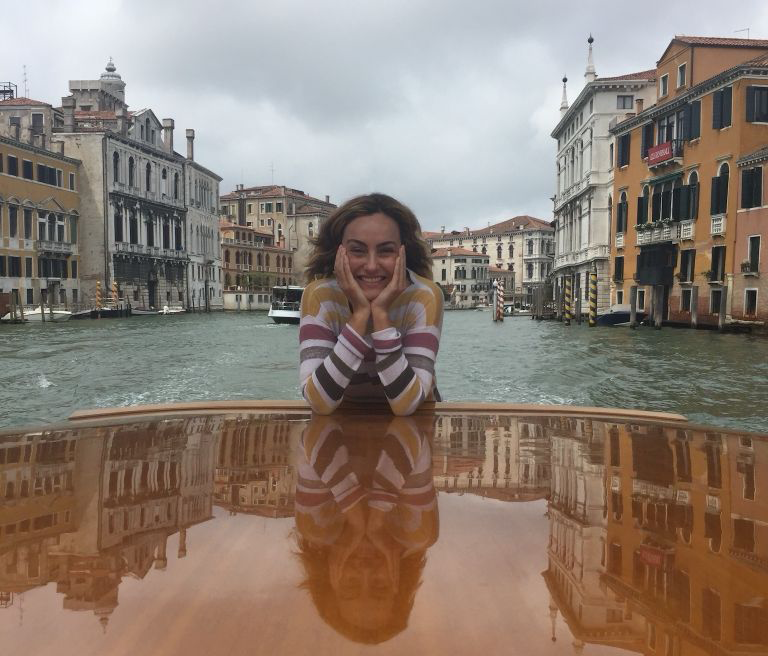
Italy’s DMCs share with DUCO tips on gastronomy, landscapes, and secret treasures
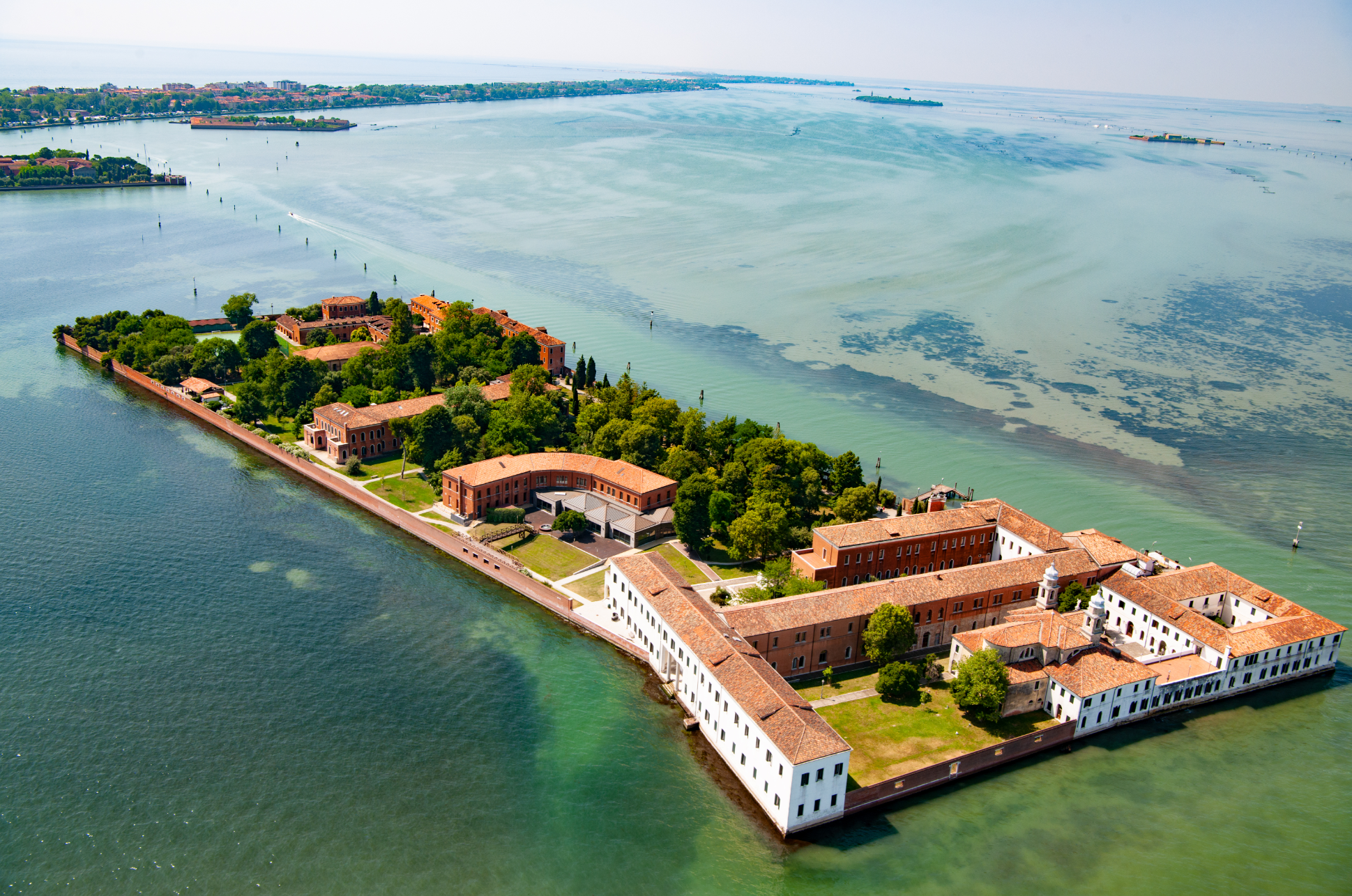
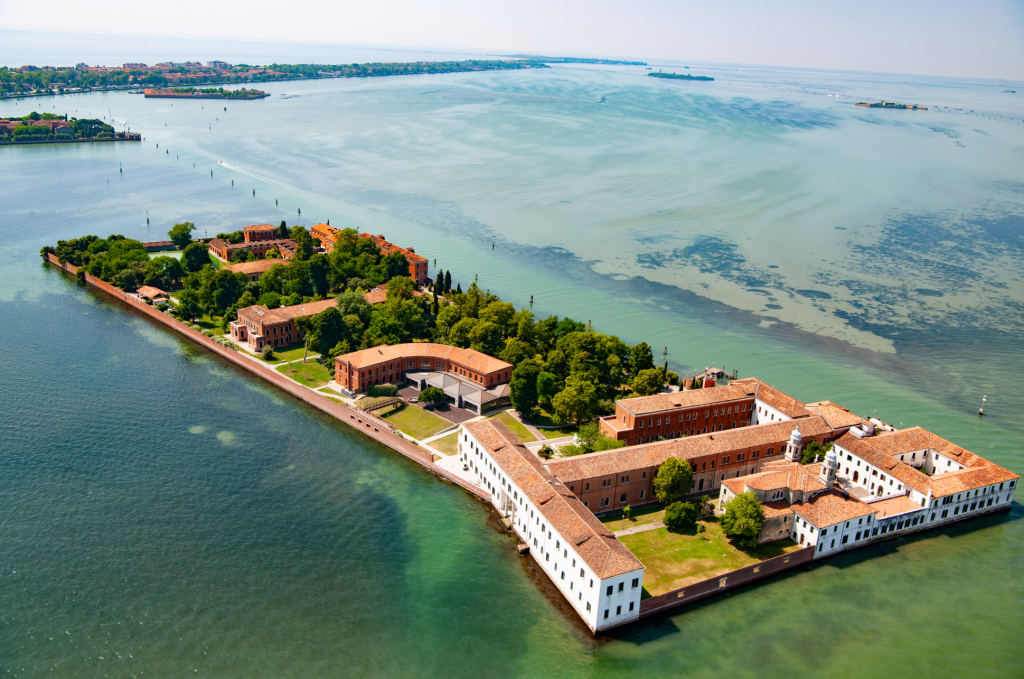
DMC Italy’s Best recounts one of the Venetian Lagoon’s little-known islands, San Servolo: a botanical escape with a fascinating history.
What is the local hidden treasure?
The unique character of Venice’s cityscape comes from its 118 developed islands. What some don’t know is that the city’s borders also include about 60 other islands scattered around the lagoon, some of which are inhabited. One of these is the hidden treasure of San Servolo, located in the southern lagoon not far from San Marco and the Lido of Venice.
The island has hosted various religious communities since the 9th century. At the beginning of the 1700s it was used by the Venice Republic as a military hospital, but increasingly it was chosen as the holding place for so-called “madmen”, eventually becoming a provincial asylum. To meet the growing demand for patients and to provide adequate care, the island was manually expanded and quadrupled in size, creating a large park and several building complexes.
In 1978, the laws in Italy enforced the closure of all asylums. The island of San Servolo became the subject of restoration and began to host various institutions, such as the San Servolo Foundation and the Venice International University, a higher education consortium in which many Italian and international universities participate.
What makes it so special?
The island’s once tumultuous past has bloomed into a serene green space so accessible from the city. The park is a botanic haven, and its microclimate permits such biodiversity where even tropical plants can grow. The atmosphere is vibrant thanks to the many international university students who visit, yet it is also beloved by the Venetians. In recent years, the island’s spaces have been used to organize summer camps for children, courses and workshops for families, and private events.
In addition to the wonderful park, you can visit the ancient church, the 19th century pharmacy, and the unique Museum of Madness which recounts the history of the island.
How can visitors best experience this gem?
For plant-lovers, May to September is the best time to enjoy the blooms. However, even the winter months can surprise with a magnificent sunset over the lagoon and a magical view of the city and its many small islands.
For more information about Italy’s Best, click here.
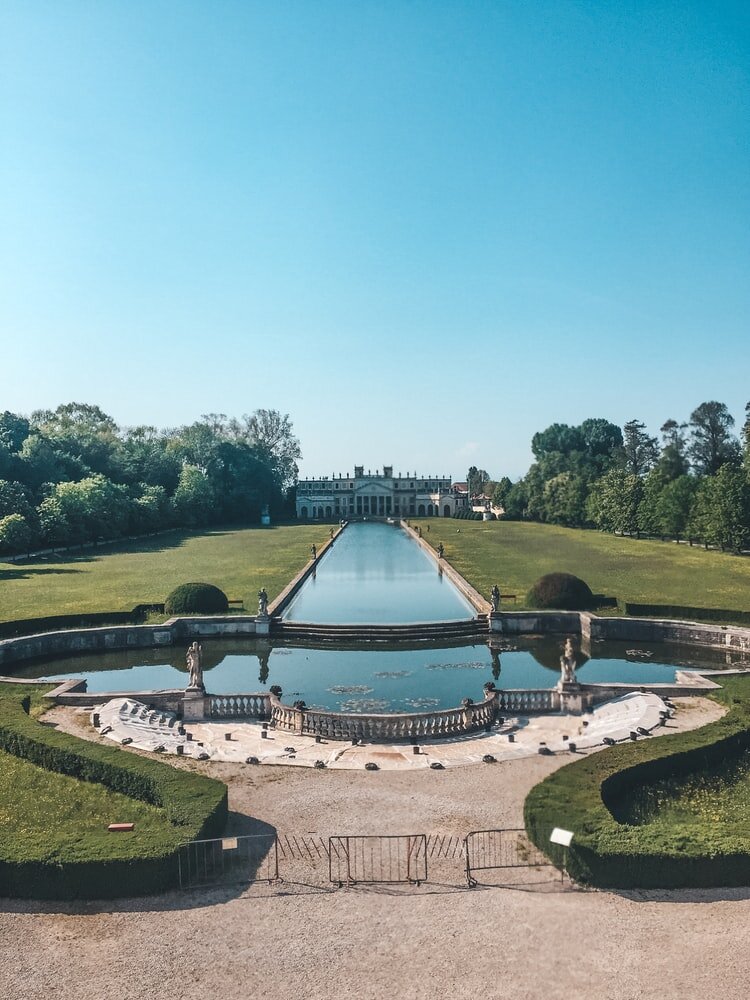

Luxury DMC Italy My Way tells us where the magic of Venice extends beyond the lagoon and into the heart of the Veneto region.
What makes the Brenta River area so special?
The Brenta River valley has been home to noble Venetian families dating back to the 1700s. When they weren’t conducting business in the city, these elite families would spend a lot of time in the nearby countryside connected through navigable canals. For their leisurely days, they commissioned magnificent villas linked to the art and architecture of Palladio and his school. With a contemporary eye, crossing this lush area and its canals is like moving through magnificent paintings by Tintoretto and other notable artists from the Venetian school.
How can guests best enjoy the area?
There are so many beautiful villas to visit in the area, each boasting its own gardens, history, and stunning architecture. For a twist of fashion sense, take a morning to visit the Villa Foscarini Negrelli Rossi, located in the village of Stra, which houses the Museum of Footwear. The collection includes many beautiful and rare pieces from the most famous brands throughout history, and in the company of centuries-old frescoes and ornate gilding, these rare jewels of design hold their own.
For more information about Italy my Way, click here.
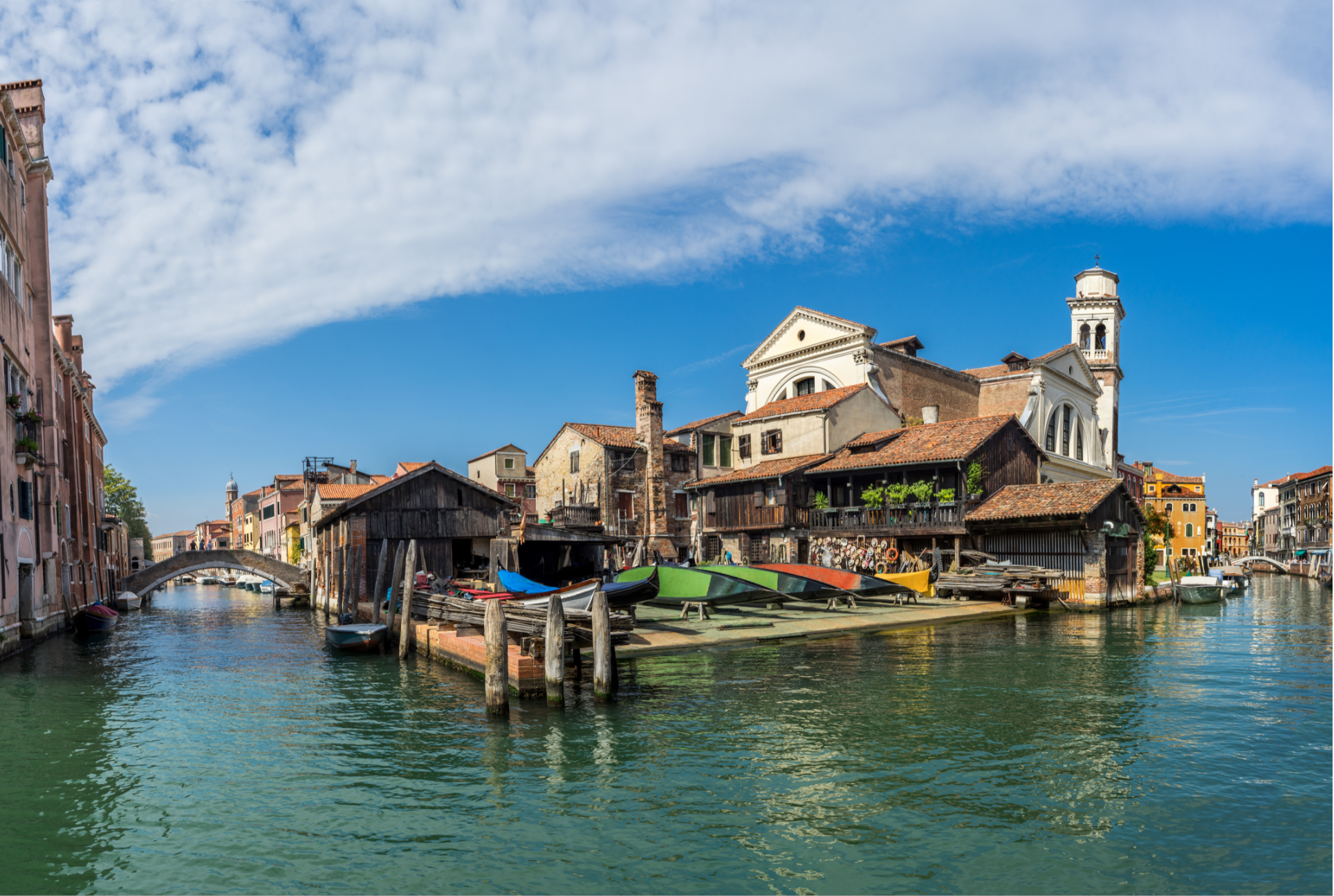
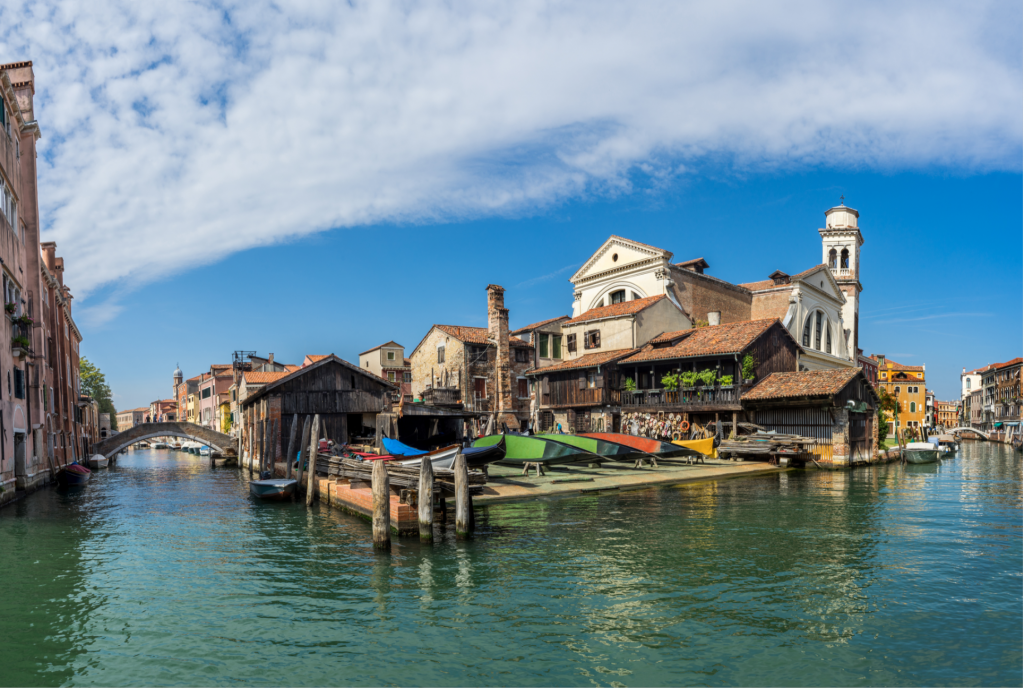
Luxury DMC Abercrombie & Kent takes us to discover some of the long-standing heritage of Venice’s traditional craftsmanship.
The art of the Gondola
The historical Tramontin Squero workshop was founded in 1884 and specializes in the manufacturing of gondolas. Back then, Domenico Tramontin made some strategic changes to the gondola’s classic design, improvements later adopted by all other Venetian boat-makers and became the official supplier of the Royal House of Savoy, the police force, and many others. Nowadays, Elena and Elisabetta Tramontin are the fourth generation to run the Squero and continue the family traditions of building original Venetian gondolas.
The Art of the Forcola
In the floating city of Venice, the craft of the remèr, or Venetian oar-maker, has always been essential. The remèri of the city were officially recognized as a guild in 1307, but today, there are just three remèri active in the lagoon. At Saverio Pastor’s workshop, one can see the master work using centuries-old techniques to make oars and forcole, the typical Venetian wooden rowlock used in traditional Venetian boats. The Forcola is unlike any other type of rowlock, because the rowmen and gondolieri of Venice have developed a special rowing technique and position to propel the boat with a single oar. Without an expertly-crafted forcola, the lagoon’s well-known images of gondolas floating down the Grand Canal with upright gondoliers just wouldn’t be possible.
The Art of Rowing
Gloria Rogliani is Venice’s biggest female rowing champion and the most awarded woman in the field.
At her Cavana Tintoretto in the quiet neighborhood of Cannaregio, visitors can participate in a hands-on training session to learn how to row a typical Venetian boat, the colorful Batea da Fresco. Slide through the nearby canals under the expert eye of Gloria and her husband, Carlo, and put your balance to the test.
For more information about Abercrombie & Kent, click here.
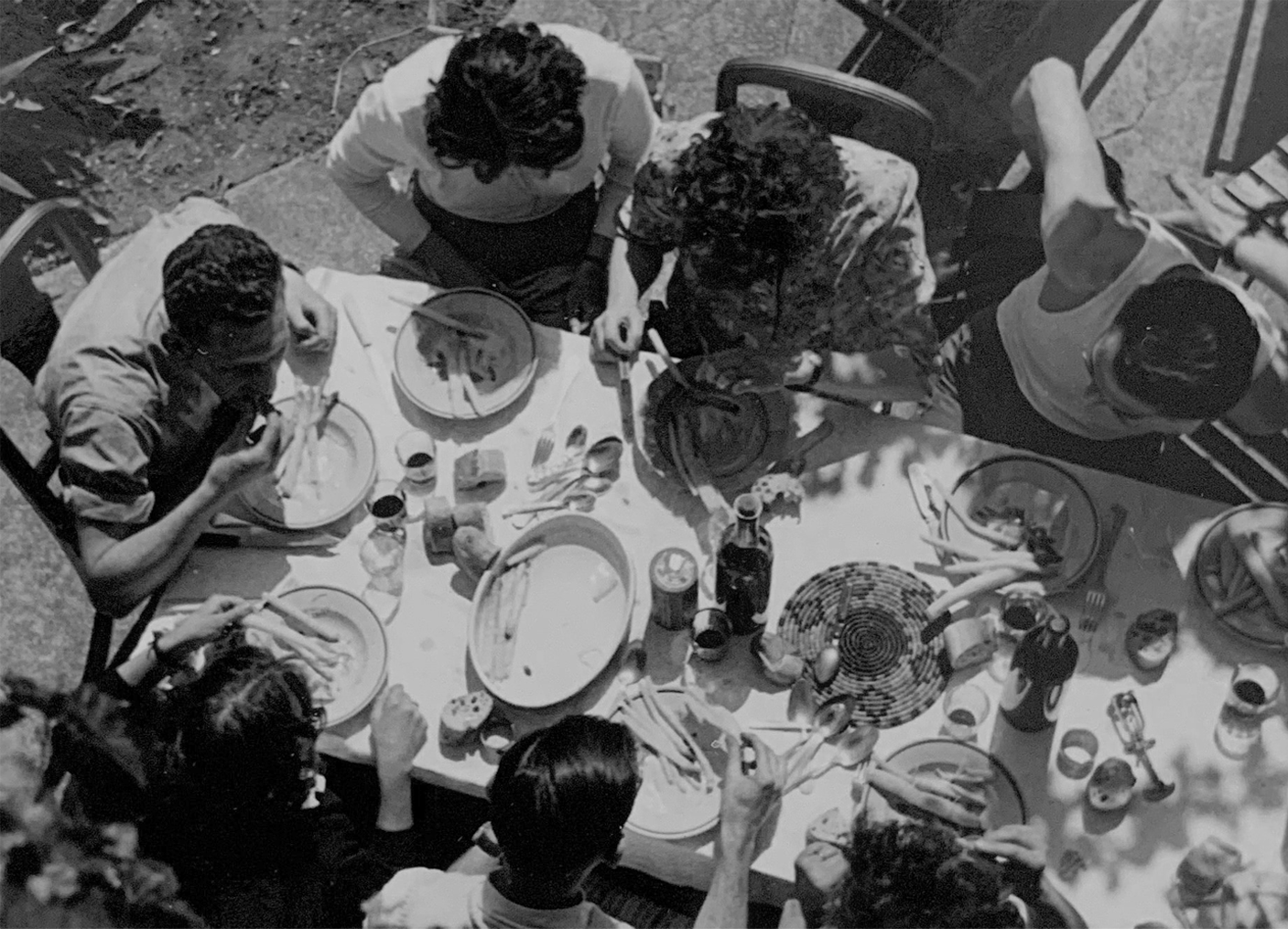
“It’s like crossing the threshold of reality to become part of a world of fantasy, creativity, and pure imagination: This is the magic of Venice.”
Antonia Sautter, carnival costume designer